Tea tree oil is used topically at low concentrations to treat conditions such as acne, scabies, dandruff, insect bites, herpes, skin infections, or bacteria. The following article explores its effects and mechanism for treating acne.
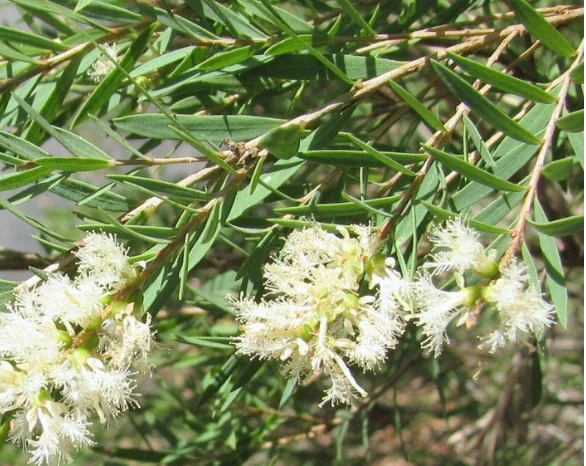 Characteristics of tea tree oil:
Characteristics of tea tree oil:
Tea tree oil is a pale yellow or colorless liquid extracted from the leaves of the tea tree (Melaleuca alternifolia), a plant native to the coastal marshes of Australia. It has a distinctive aroma that users find pleasant and relaxing. Its effects include treating acne, scabies, dandruff, and insect bites.
Can tea tree oil treat acne?
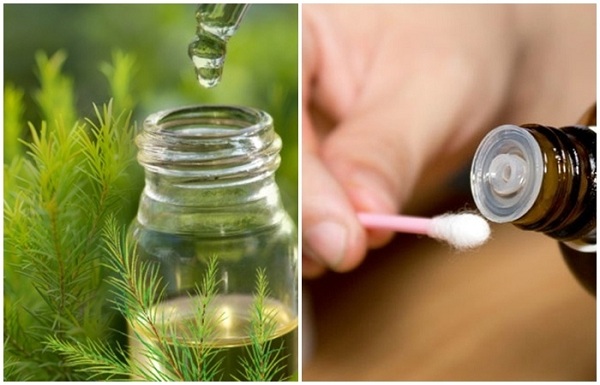
The active ingredients in tea tree oil have antibacterial properties that can combat fungi and reduce allergic reactions. Therefore, tea tree oil is used as a treatment for acne. Specific uses of tea tree oil include treating nail fungus, acne, scabies, pinworms, insect bites, scratches, vaginal infections, recurring herpes, sore throat, nasal and oral infections, ear infections (outer and middle ear), bronchial congestion, cough, and pneumonia.
Applications of tea tree oil:
Tea tree oil is an essential component in beauty products and various industrial fields:
– Acne treatment: Tea tree oil spot treatment is one of its important uses in the beauty industry. Scientific research has shown that tea tree oil can reduce acne three times faster.
– Hand wash: Tea tree oil’s antibacterial properties make it suitable for use in hand wash products.
– Underarm odor control: Its antibacterial properties, tea tree oil also helps control odor.
– Disinfection: Tea tree oil mixed with coconut oil can soothe wounds and prevent infection.
– Accelerating recovery: Tea tree oil’s antibacterial properties can speed up wound healing.
– Improving nail condition: Tea tree oil can treat nail fungus.
– Mouthwash: Tea tree oil freshens breath and helps prevent tooth decay.
– Soothing inflamed skin: A mixture of tea tree oil and olive oil can soothe insect bites, rashes, or wounds.
– Dandruff treatment: Shampoo containing tea tree oil for four weeks can reduce dandruff by 40%.
How to use tea tree oil:
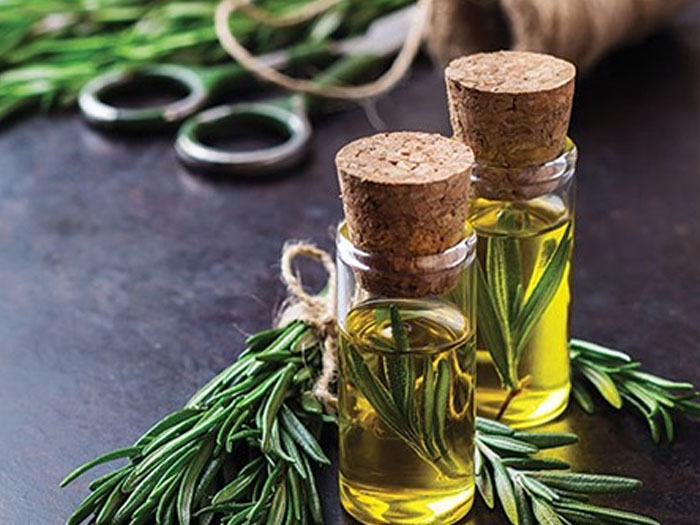
For adults:
– Acne treatment: Apply 5% tea tree oil, which has a similar effect to 5% benzoyl peroxide, on acne-prone areas. Tea tree oil is less irritating to the skin than benzoyl peroxide.
– Nail fungus treatment: Apply 100% tea tree oil to the affected area twice daily for six months.
– Athlete’s foot treatment: Use a cream containing 10% tea tree oil, which is as effective as 1% tolnaftate in improving athlete’s foot symptoms.
Some precautions when using tea tree oil:
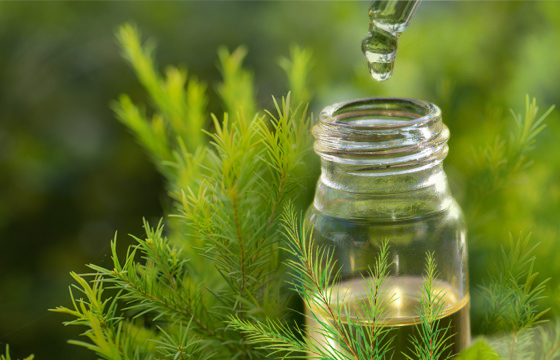
– Do not ingest tea tree oil as it can cause serious side effects such as paralysis, confusion, rash, dizziness, and coma.
– Tea tree oil is generally safe for topical application but may cause skin irritation in some cases. It can cause itching, dryness, redness, and stinging in acne patients.
Tea tree oil can indeed be effective in treating acne. It possesses antibacterial properties that target the bacteria responsible for causing acne, making it a popular choice for acne treatment.
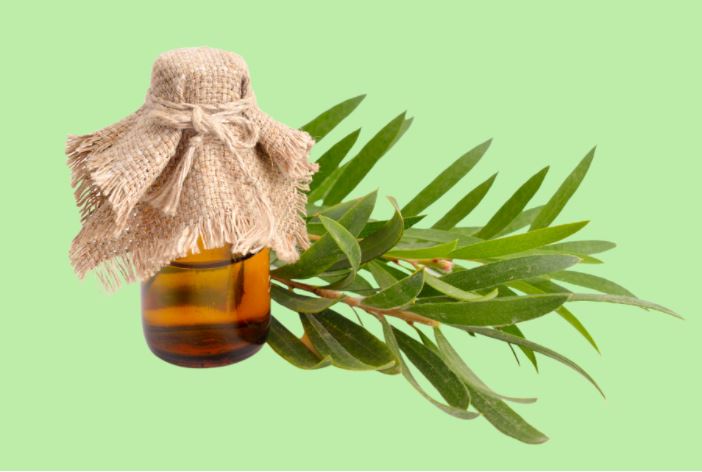
It can reduce inflammation and soothe irritated skin, further aiding in the healing process. However, it’s essential to use tea tree oil properly and in appropriate concentrations to avoid adverse effects such as skin irritation or allergic reactions. Always perform a patch test before applying it to larger areas of the skin and consider consulting a dermatologist for personalized advice on acne treatment.
Tea tree oil indeed boasts a wide array of applications across different domains. I trust that the insights shared in this article will aid readers in grasping both the advantages and precautions associated with its usage.
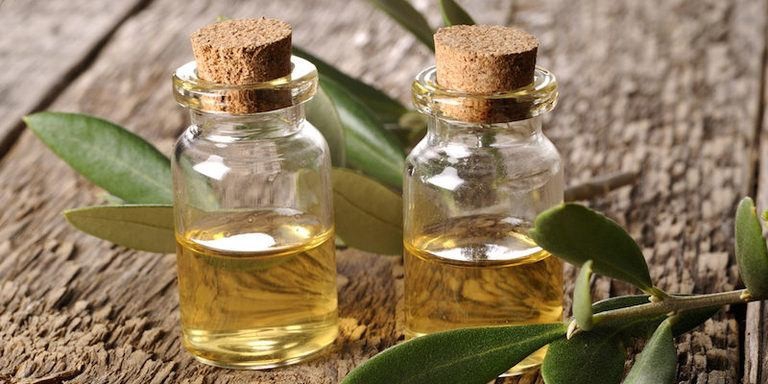
Tea tree oil indeed boasts a wide array of applications across different domains. I trust that the insights shared in this article will aid readers in grasping both the advantages and precautions associated with its usage.

